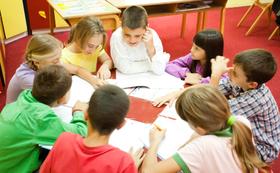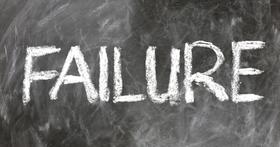Bagley Alp serves 1 students in grades 9-12.
The student-teacher ratio of 1:1 was lower than the Minnesota state level of 13:1.
Top Rankings
Bagley Alp ranks among the top 20% of public schools in Minnesota for:
Category
Attribute
Community Size
Student Attention
School Overview
School Type
Grades Offered
Grades 9-12
(No virtual instruction)
(No virtual instruction)
Total Students
1 student
Total Classroom Teachers
1 teacher
School Rankings
Student-Teacher Ratio
1:1
13:1
American Indian
100%
2%
Asian
n/a
7%
Hispanic
n/a
12%
Black
n/a
12%
White
n/a
61%
Hawaiian
n/a
n/a
Two or more races
n/a
6%
All Ethnic Groups
Graduation Rate
<50%
84%
School Statewide Testing
School District Name
Source: National Center for Education Statistics (NCES), MN Dept. of Education
Profile last updated: 02/09/2025
Frequently Asked Questions
What is the graduation rate of Bagley Alp?
The graduation rate of Bagley Alp is 50%, which is lower than the Minnesota state average of 84%.
How many students attend Bagley Alp?
1 students attend Bagley Alp.
What is the racial composition of the student body?
100% of Bagley Alp students are American Indian.
What is the student-teacher ratio of Bagley Alp?
Bagley Alp has a student ration of 1:1, which is lower than the Minnesota state average of 13:1.
What grades does Bagley Alp offer ?
Bagley Alp offers enrollment in grades 9-12 (No virtual instruction).
What school district is Bagley Alp part of?
Bagley Alp is part of Bagley Public School District.
Recent Articles

Public School Open House & Enrollment Season Guide
A parent-focused guide to the public school open house and enrollment season, with expert questions, timelines, and decision tips.

School Supply Budget 2026: Fees, Books, Tech Costs
School Supply Budget 2026 guide for parents, covering fees, textbooks, technology, and hidden extras to plan ahead.

Education Funding in America (2025 Update)
Comprehensive 2025 update on public school funding in America, new federal and state policies, per-pupil spending, and equity challenges.





